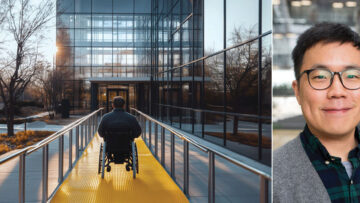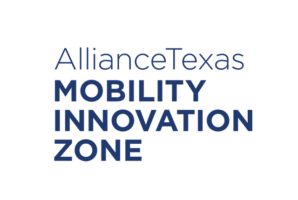FEATURED
Calendar: Not-to-Miss Events for Innovators in Dallas-Fort Worth
by Dallas Innovates | Staff Report | Jun 12, 2025
North Texas has plenty to see, hear, and watch. Here are our editors' picks. Plus, you'll find more selections to "save the date."
MORE►

by Dallas Innovates | Staff Report |
Jun 11, 2025
You'll find deadlines coming up for a new accelerator program; and many more opportunities.
MORE►

by Quincy Preston |
Jun 10, 2025
Most people are getting AI all wrong—asking random questions and getting mediocre results, say Babar Bhatti and Masood Khan. Their new guide shows how to prompt like a pro and turn AI into your strategic team.
MORE►

by Lance Murray |
Jun 9, 2025
The 15-year signature program divided students into two sections, each responsible for distributing $100,000 among selected organizations.
MORE►

Tarleton State University’s Research and Economic Development Building in Stephenville opened in July 2024. The 10,236-square-foot facility was designed by Mustard Design and built by The Christman Company. [Photo: Tarleton]
Tarleton State’s New Rural Research Hub Earns TEXO Design Honor
by Lance Murray | Jun 5, 2025
Tarleton’s Stephenville facility—shared with Texas A&M AgriLife—aims to boost rural research, innovation, and small business. Not yet a year old, it’s earning statewide recognition.
MORE►

by Lance Murray |
Jun 4, 2025
The UT Dallas team found that mixing small particles between two solid electrolytes can generate an effect called a “space charge layer"—an accumulation of electric charge at the interface between the two materials, making it easier for ions to move across the interface.
MORE►

by Lance Murray |
Jun 3, 2025
Prabhas V. Moghe will take up his new post at the University of Texas at Dallas effective Aug. 2. He was announced as the sole finalist on May 7.
MORE►

by Lance Murray |
Jun 3, 2025
Backed by a National Science Foundation grant, the project’s key innovation is WHEELCOM—a device that captures wheelchair movement data to help engineers design smarter, more inclusive buildings.
MORE►











































